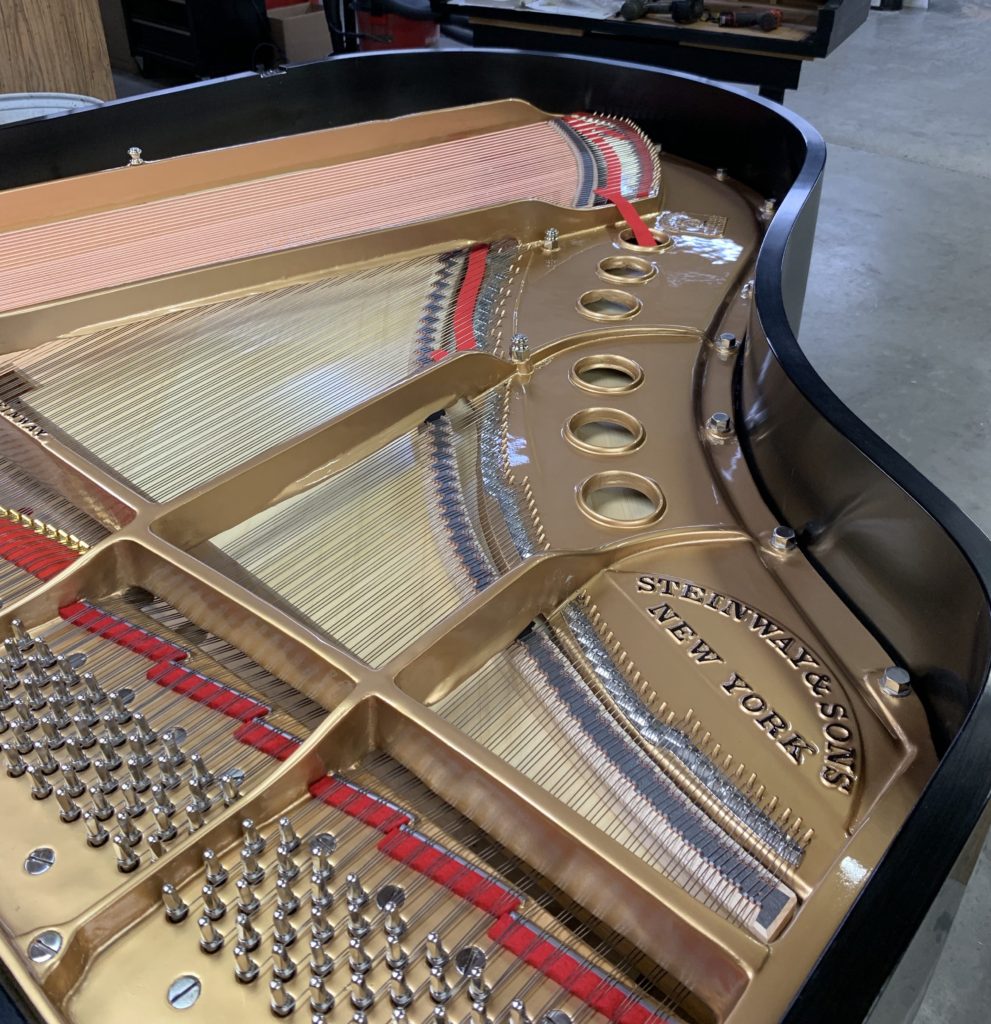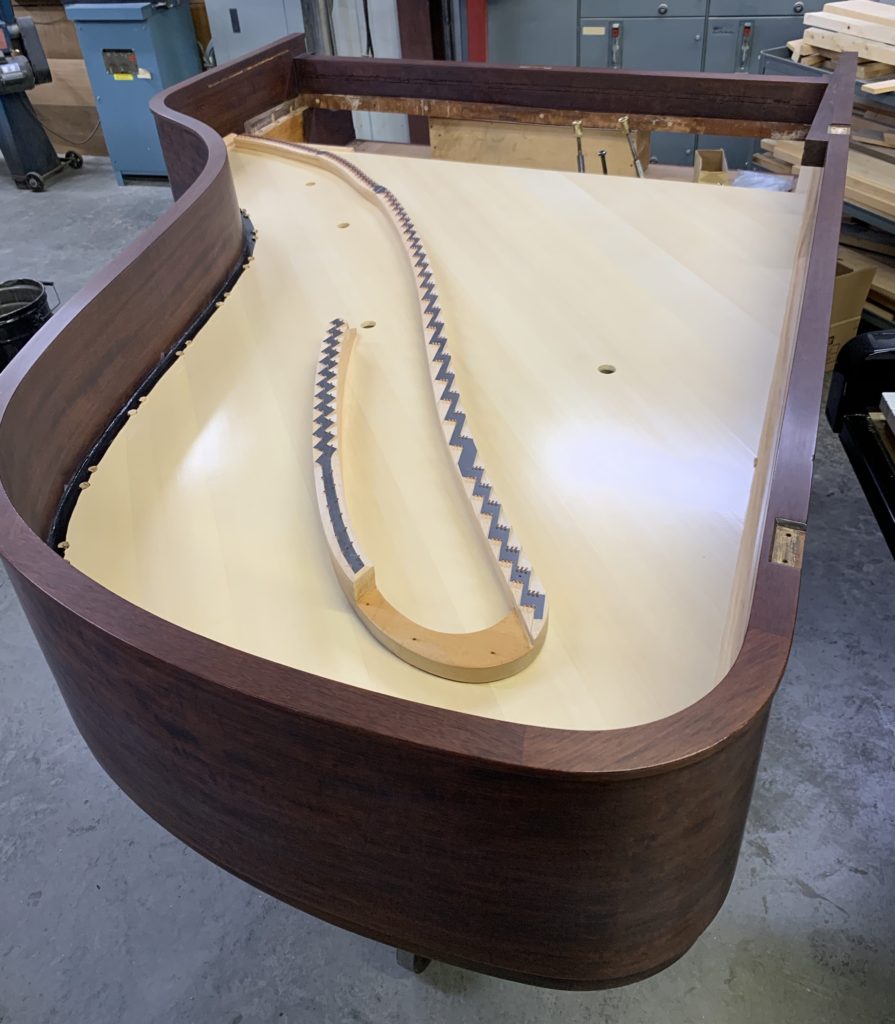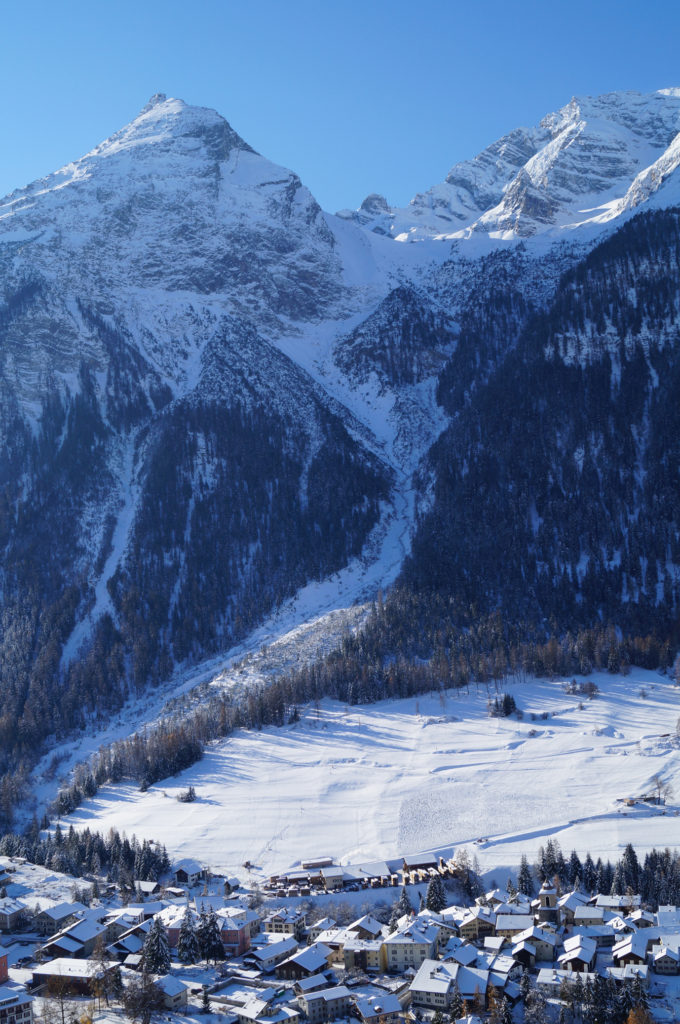
In our earlier episode, we revealed our love of European Spruce for new soundboards that we install in our restored pianos. In this episode, we will tell you a little about where and how we source this spruce soundboard wood. To recap, there are multiple reasons for choosing European Spruce:
- short growing season
- straight grain
- low resin content – no pitch pockets
- light weight, high rigidity
An additional benefit for using European spruce is the harvesting process. Our source, Tonewood Switzerland, is an all-in-one family owned business. They select the best tree for the purpose of instrument soundboard wood, harvest it, transport it, mill it, and ship it direct to us. The entire production process is housed in one company whose expertise is used in all aspects of the process.
Step 1: Selection
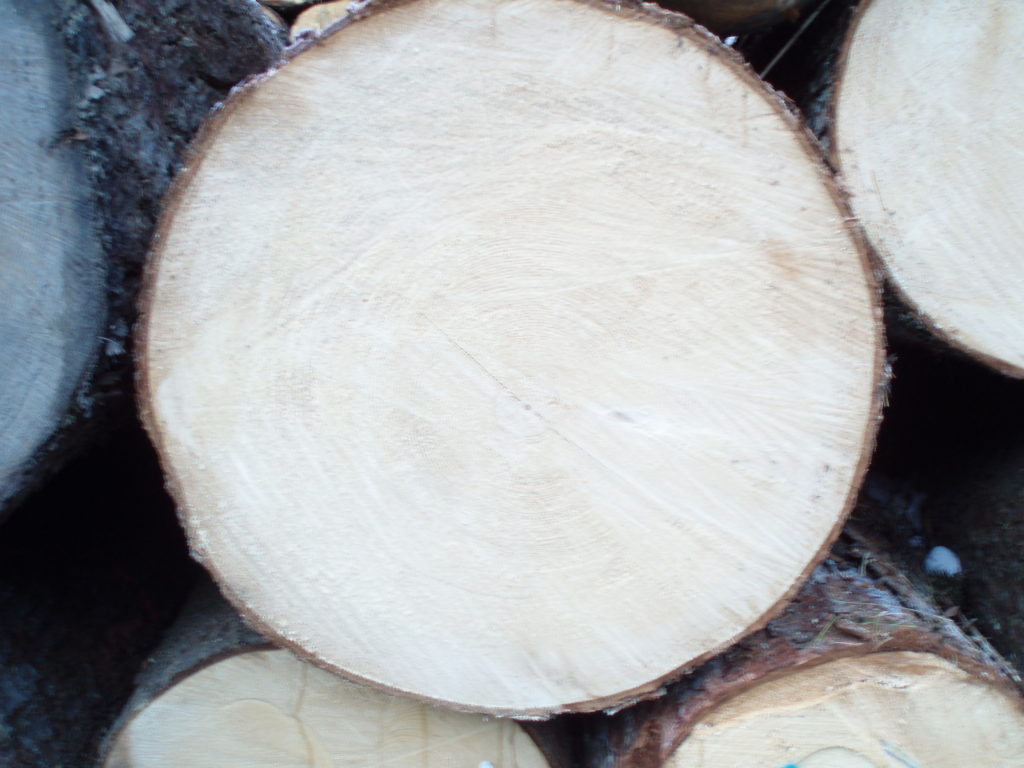
Trees are selected at 4200-7000 feet above sea level with at least 17.7 inches in diameter and are least 200 years old. Experts by experience and research, Tonewood Switzerland has evidence that the specific region of Bergün has drier wood with decreased moisture loss during the drying process as well as decreased moisture absorption in the already dry wood. These qualities are all important when placed in an instrument and exposed to various environmental conditions.
Also an environmentally conscious company, Tonewood Switzerland selects trees from small mountain hollows and local level areas that are grown in naturally managed stands. These communities benefit from regular, but conservative, harvesting.
Step 2: Harvesting
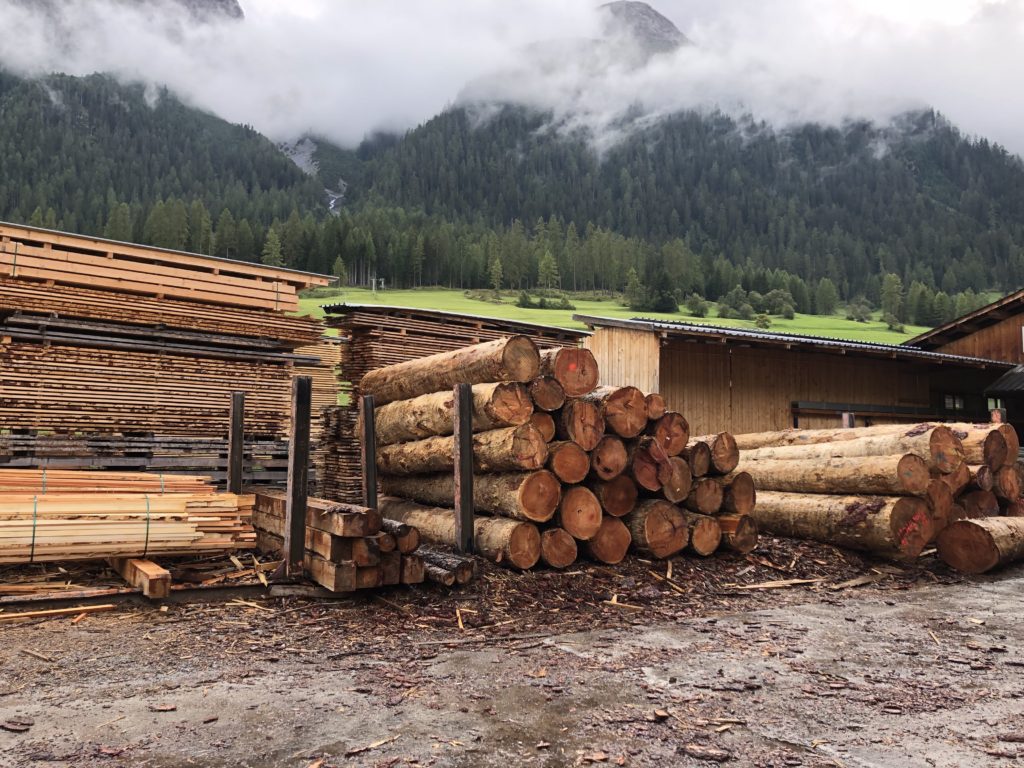
Timing is essential when harvesting the spruce wood. Harvest takes place exclusively in the winter, and more specifically before a new moon. Why this specificity? In the winter the moisture content is at its lowest, with studies showing favorable conditions for less shrinkage, moisture loss and weight.
“For centuries lumber was cut exclusively in the winter …”
For centuries lumber was cut exclusively in the winter and only at certain times according to the phases of the moon. These specific, moon-related felling guidelines have been passed down through generations and have proven to be effective for harvesting the best wood for spruce soundboard production.
Step 3: Processing the Spruce Wood
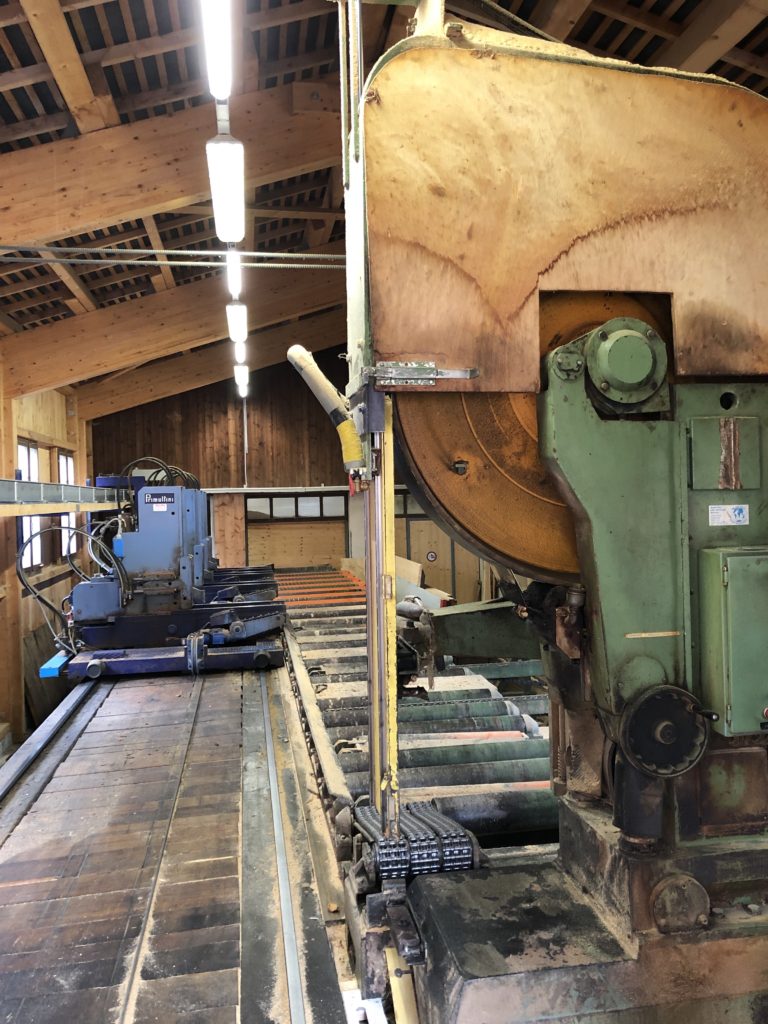
The trees are milled into quartersawn planks after careful selection, and air-dried at 4600 feet above sea level. This produces a natural and un-rushed drying that results in a superior product. Again, this old school method has been proven successful for centuries.
All-in-one Benefits
We find a big advantage in sourcing from a company that processes the spruce wood from the standing tree to the final product. This ensures a quality end-product and eliminates wasted material. Since Tonewood Switzerland is one division of this family owned business, any wood that does not fit the criteria for the instrument quality spruce can be used for a different product. The diversity eliminates waste and excess cost being forwarded to us for lost product.
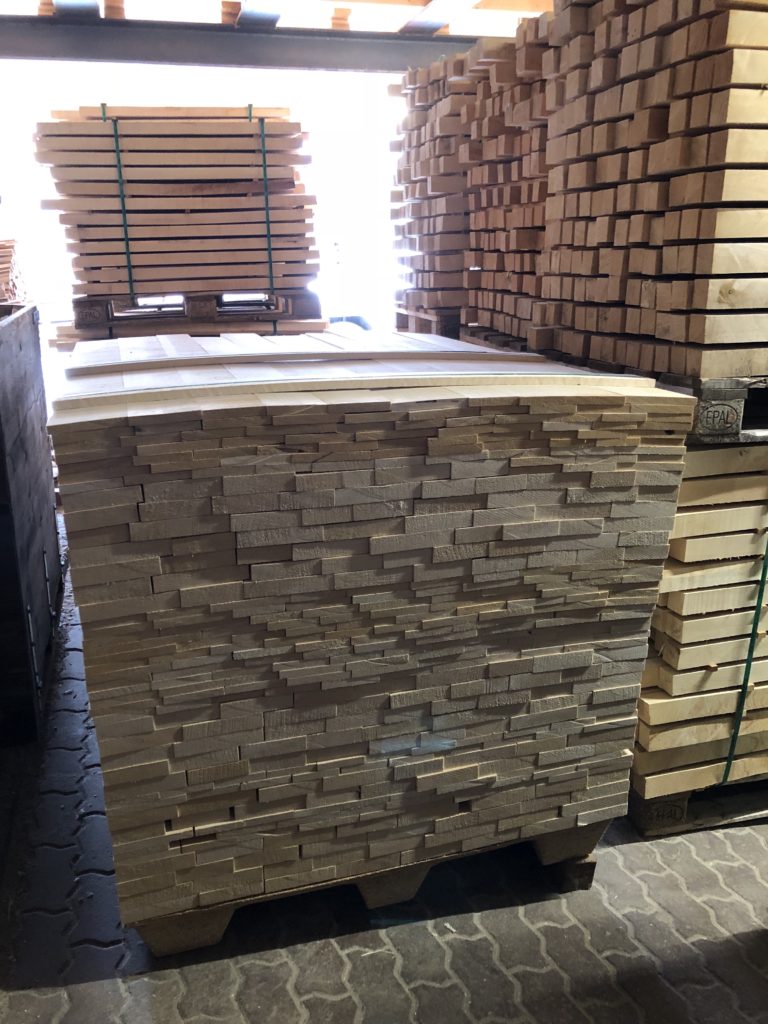
Having used both European and Sitka spruce, we have found this European spruce a superior product for piano soundboard making. Our yearly shipment of this special wood is sorted and stored in a dry room before and during the soundboard production process. This Swiss Tonewood is available in our restored pianos, as well as in soundboard blanks for purchase by registered piano rebuilders in the USA.
